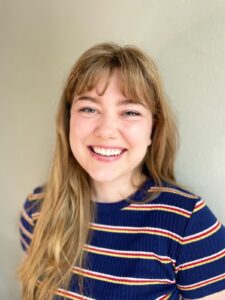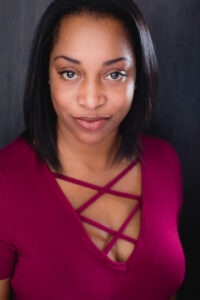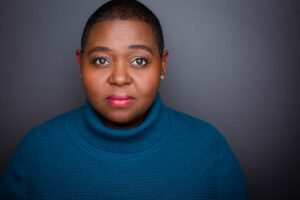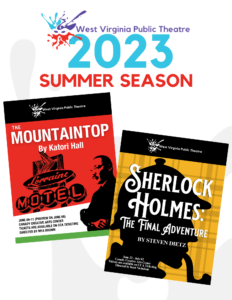
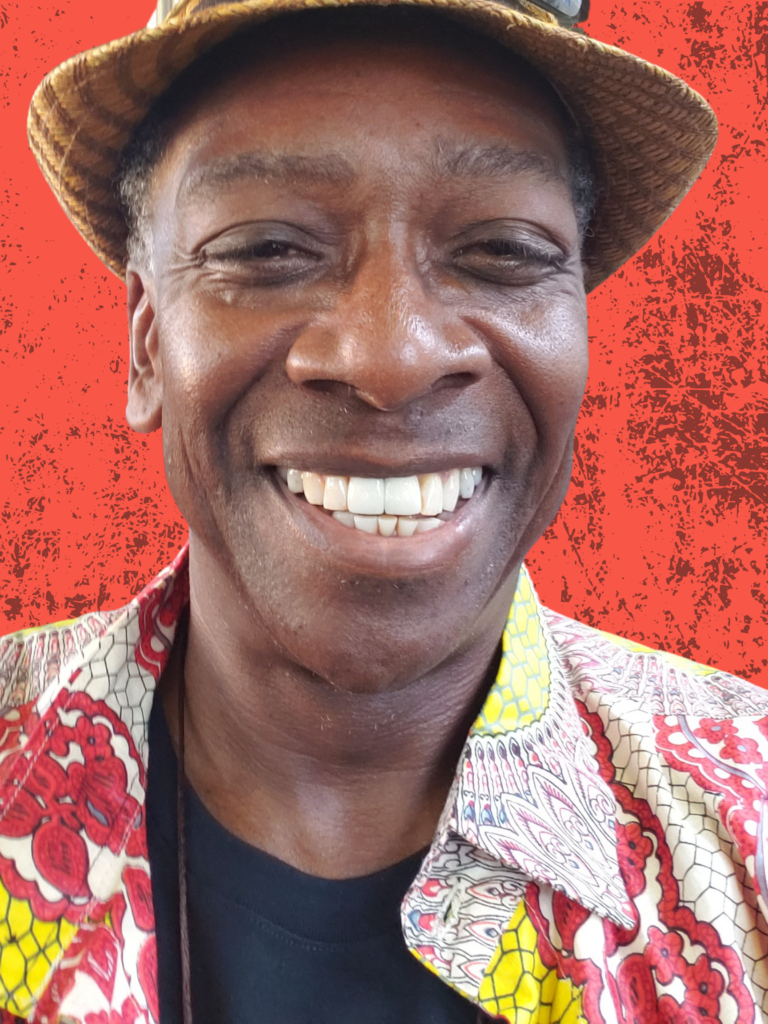
Interview with Harry Waters Jr. | Radio Theatre for Our Time
Written by Micah C. Beachy
Interviewer: Thank you very much for taking the time to speak with me. I first want to ask you about what the process has been like working for Radio Theater for Our Time? How did you get started on this project?
Harry: I would say it came to me after some period of time. Jerry McGonigle and I had known each other for over ten years and we have always been wanting to find a project to work together on. We came together in a teacher training program for an acting method called Meisner. Both of us had been teaching that for ten plus years and when I came to visit West Virginia a few years ago it became apparent that we needed to have more interaction and collaboration. So when the pandemic hit and COVID-19 sort of shifted everything, the idea that we could possibly meet together over a project presented itself. What that project was going to take some time to distill itself and then it came about as “Radio Theatre”. As we discussed it, he also had a relationship with Mya Brown, a former WVU student—and had a project that was presented to him. So we began some conversations about the project. What it sounded like and what it might be and then he wanted to talk to me about being a partner with West Virginia Public Theatre and Radio Theatre for our Time”. Now we’re in the process of developing hopefully something that is long-lasting and meaningful for the communities as well as the theatre.
Interviewer: What is your position for this project and what does it entail?
Harry: I am an Artistic Associate. Jerry is the Executive Director, so I am the link between the writers and developers as well as panels. Because we are hoping to have intentional discussions as a result of these recorded theatre performances/presentations. Then having responses from several different lenses: artistic, academic, and community.
Interviewer: As the Artistic Associate, what obstacles have you had to overcome during this unique process?
Harry: This thing called Zoom, and of course time zones. (Laughter) I would say the one challenge of course, well.. I don’t know if it’s a challenge as much as reality is that we are trusting the directors to present a really healthy idea/concept/project that then we can adapt in a very intentional way. Some of that, of course, has to do with time because I am also a full-time professor and Associate Dean at Macalester College; and Jerry of course works full time at WVU as well as the Artistic Director of WVPT. So schedules, it’s just timing and finding space. Also being intentional about when we are having those conversations. I think there is a reality that we are: there are so many other pressures, as I call it the triple pandemic. We’ve got COVID, we’ve got George Floyd, and we also have the upcoming election and our current political landscape.
Also just as a side note, I live in Minneapolis and I am literally at the epicenter of the George Floyd murder site as well the fires on Lake Street outside my window. I just wanted to show you, so this is what I witnessed that week after George Floyd was murdered. (Shows Zoom background)
Interviewer: May I take a screenshot of what you are showing me?
Harry: Yes you can.
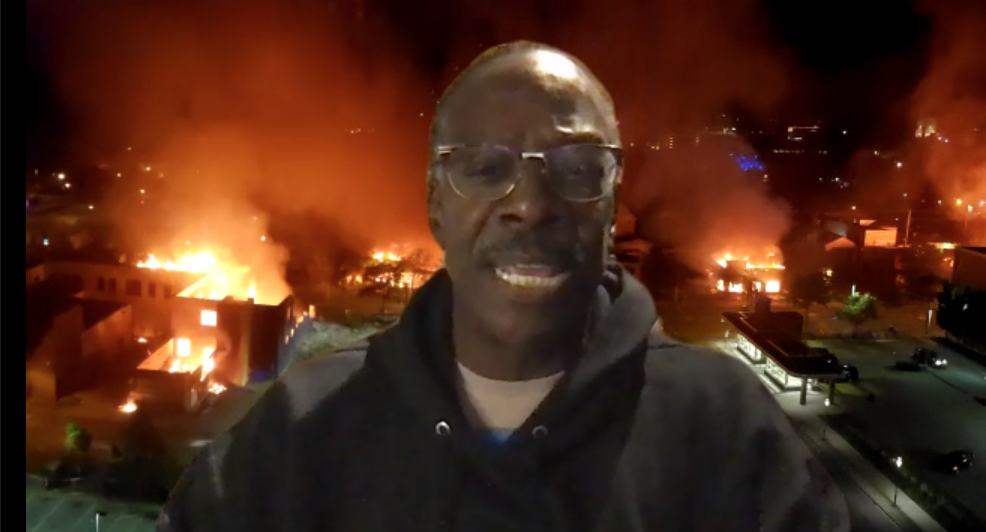
Harry: So this serves as a reminder to me of a daily space where things can change. On the other side of that is I’m working with artists in the Twin Cities to create an artist response to the mourning and grieving as well as the fires of Lake Street. So artists have made murals on the sides of buildings that are celebrating, shall we say, a new day. The mural thats here behind me, we were on a walk across Lake Street, you know socially distanced with several artists that I am working with on this project I am working on called Offerings.
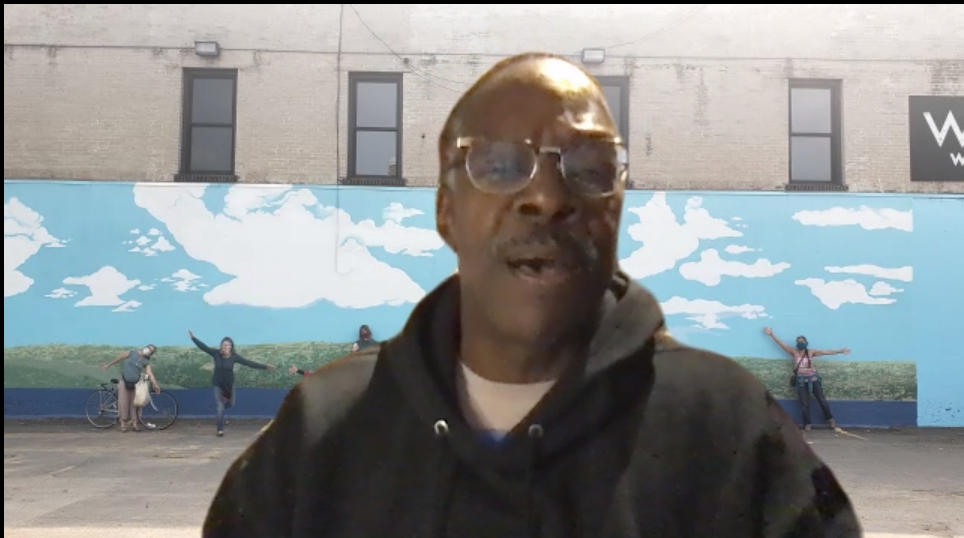
Interviewer: What is the Offerings project?
Harry: Well Offerings involves a reimagining of this event that was usually a Halloween extravaganza by Barebones Puppet theatre, and they use to have an event on the Mississippi River, a few miles down from Minneapolis were on Halloween there were huge puppets, fire, music, and boats on the river. And it was winter so people were in coats and sitting on bails of hay. Hundreds of people to see this extravaganza. They can’t do that now, so what happened was myself and Lalese Brito, who is another artist, choreographer, and community activist. We were hired to re-conceive how that could work. So what we offered was what we are calling pods of community spaces. The African-American community, Native community, Latino community, Somali community, the homeless or unhoused community, and the Swedish community. Because all those communities were impacted by the fires and uprisings. So there were artists in each one of those communities that would create the artistic response and then with COVID-19 we also have to make sure they are being created at different sites, so it’s not all one place. Back yards, middle of a street, a corner. There is a private site on the corner of Chicago and Lake Street that’s called Roberts Annex. There has been a pop-up barbershop, there is going to be a paper-maché banner for the Latino community, there is another alter that artists are creating with found objects. So there is this wonderful artistic outpouring that is really able to support during this time. That’s keeping me busy, teaching..I have a class that I have to teach today. Similar to Jerry, we tend to find ourselves involved in many projects and support within our communities as well as our own private work that we wanna do. Jerry and want to do a two-man show, so we will see in about a year.
Interviewer: On the flip-side of struggle, what’s been a big win that has happened?
Harry: I would say that I do think this Radio Theatre For Our Time is a very exciting opportunity because its fluid..we haven’t locked it in yet. So the next version(s) will have information of what we learned during this one, and being able to see what else is there. So it’s a wonderfully collaborative and creative opportunity. I’m also working within the community with a thing called Million Artists Movement, where we’re doing artistic responses like a power quilt, so people from the community can make a square. Whether it be images or words and at the end of the day, we have someone sew them all together. So there is a quilt from the community that has their voices.
We’ve built some big chalkboards that we put up in various sites so that people can write down what you would like to see in your community. There are responses to “I’ve learned how to knit!” We’re always looking at things like that for community healing and I think that’s been the thing that when things get crazy, I have those things to roll back to.
Interviewer: With the Radio Theatre For Our Times project, what kind of conversation or impact are you hoping that listeners will have from it?
Harry: Well it’s really connecting, especially if we’re looking at responses to particular time periods. Like for example, The “Letter from Birmingham Jail” in the sixties, and how those challenges and ideals are still applicable today. Whether that’s a good thing or bad thing, it’s just really recognizing them, pulling them out so we can examine them in a way that everyone has access to. Because it is now an oral medium, and it’s one of the senses that we kind of pulled back from because everything is visual today, everything is videoed. But to go back and consider that this what people did together. They listened together. Now for us to think about, what are we listening to and how are we responding to that.
Episode 1: Letter From A Birmingham Jail will be available soon on WV Public Theatre’s website and other streaming platforms.
For updates on all things happening at WV Public Theatre, follow us on social media platforms @wvpublictheatre.
